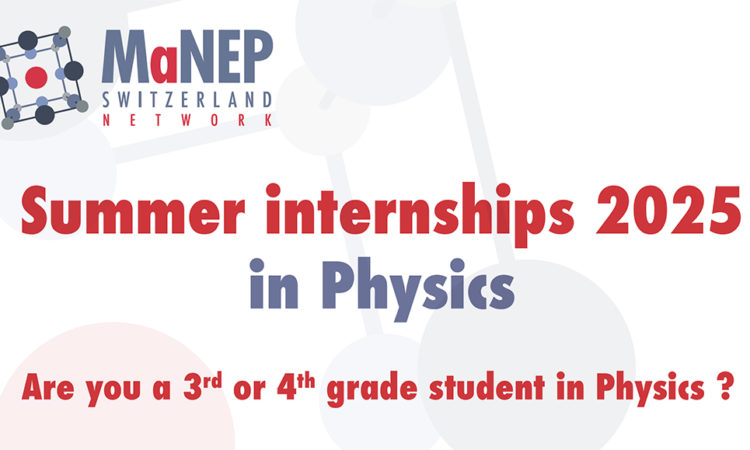An enigma solved in the world of superconducting cuprates
An international research team led by the University of Geneva solves a decades-old conundrum about the incompatibility between the optical properties and the electrical resistivity in the “cuprates”, materials that are superconducting at high temperature. These findings, published in Nature Communications, also provide the theoretical framework and an experimental basis that enable the exploration of the properties of these materials and to exploit a peculiar state of matter, called quantum critical, with the aim to improve the performance of superconducting materials.

When a material is cooled near absolute zero (−273.15°C), the conduction electrons start to behave less and less independently, and more and more collectively. This collective behavior is revealed by the macroscopic properties of the material. For example, various kinds of ordering of charge and spin of the conduction electrons can occur, or the material can become magnetic, or superconducting. Tuning of the electron density is one of the ways by which we can control which one of these macroscopic phases prevails. An additional peculiar phenomenon arises when, under precisely tuned conditions, the electrons are undecided between two different macroscopic phases, for example between magnetic and non-magnetic. Such a hybrid state, dominated by quantum fluctuations, is labeled quantum critical.
In such a rare -and finely tuned- state of matter, the physical properties are perfectly described by the ratio ℏw/kBT where w is the frequency used for probing the response of the material, and T the temperature at which this response is measured. The dynamics of electrons basically becomes quantum and the resulting state of matter is called Planckian.
In this study, the researchers have demonstrated that this delicate balance is reached in the superconducting material La2-xSrxCuO4 when they adjust the electron density at the terminal point point of a phase characterized by a pseudo-gap. They then observe a behavior of quantum criticality in the optical properties, the electrical resistivity and the specific heat. The icing on the cake is, that they demonstrate that these physical properties are all linked together by a single theory starting from the notion that the material is in a quantum critical state of matter.

Written by
Bastien Michon, Christophe Berthod, Dirk van der Marel, Antoine Georges
Article published in
Nature Communications



